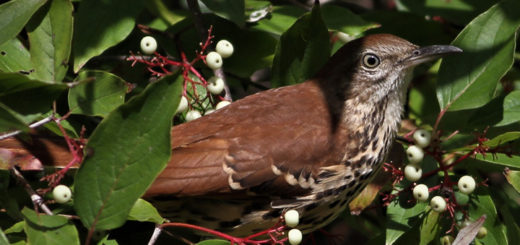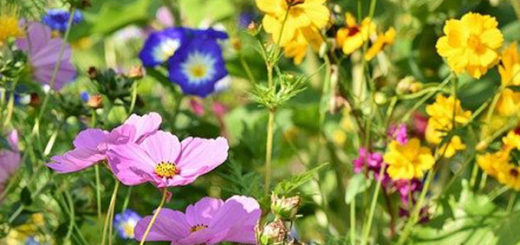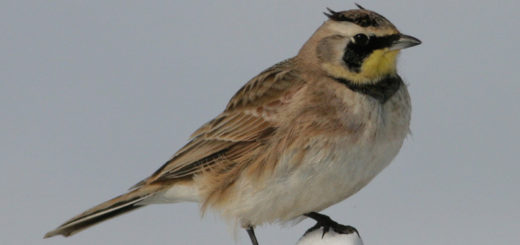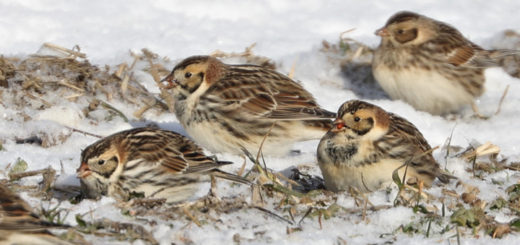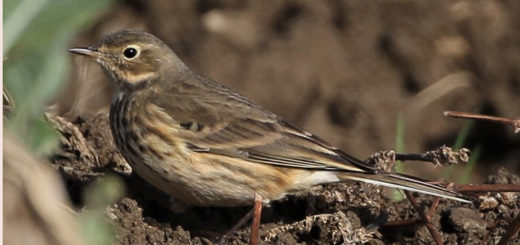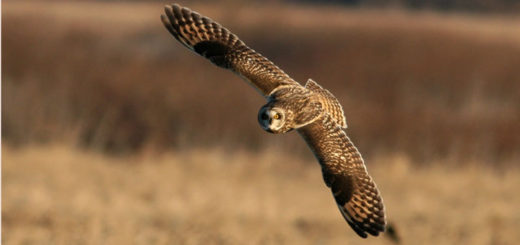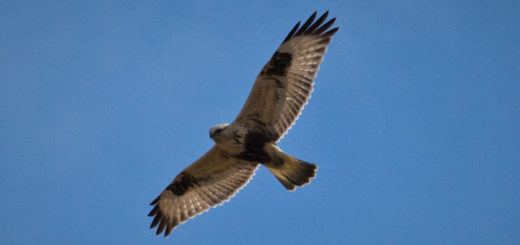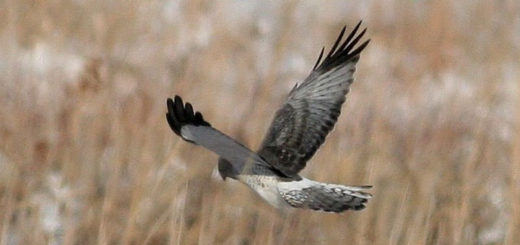Brown Thrasher
Photo by Matt Valencic
April will bring about 35 species of birds to NE Ohio. Some will stay for the summer and some will just be passing through. Brown Thrashers like dense thickets next to fields and forests. Learn its crazy, mixed up song, a medley of musical phrases...

